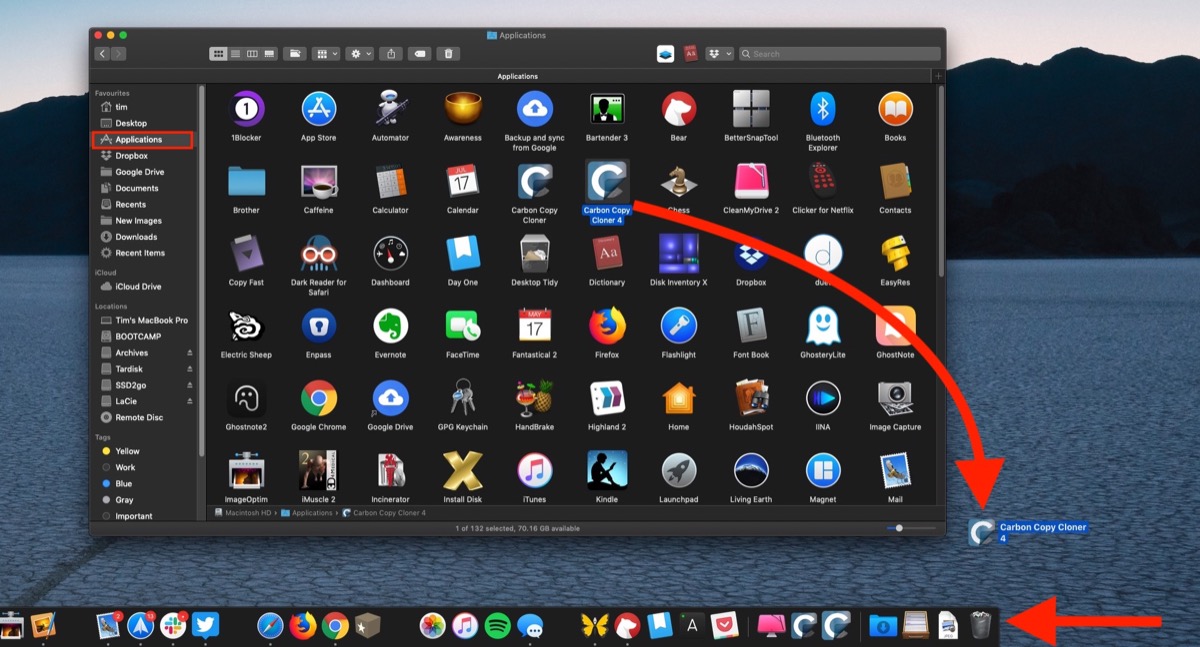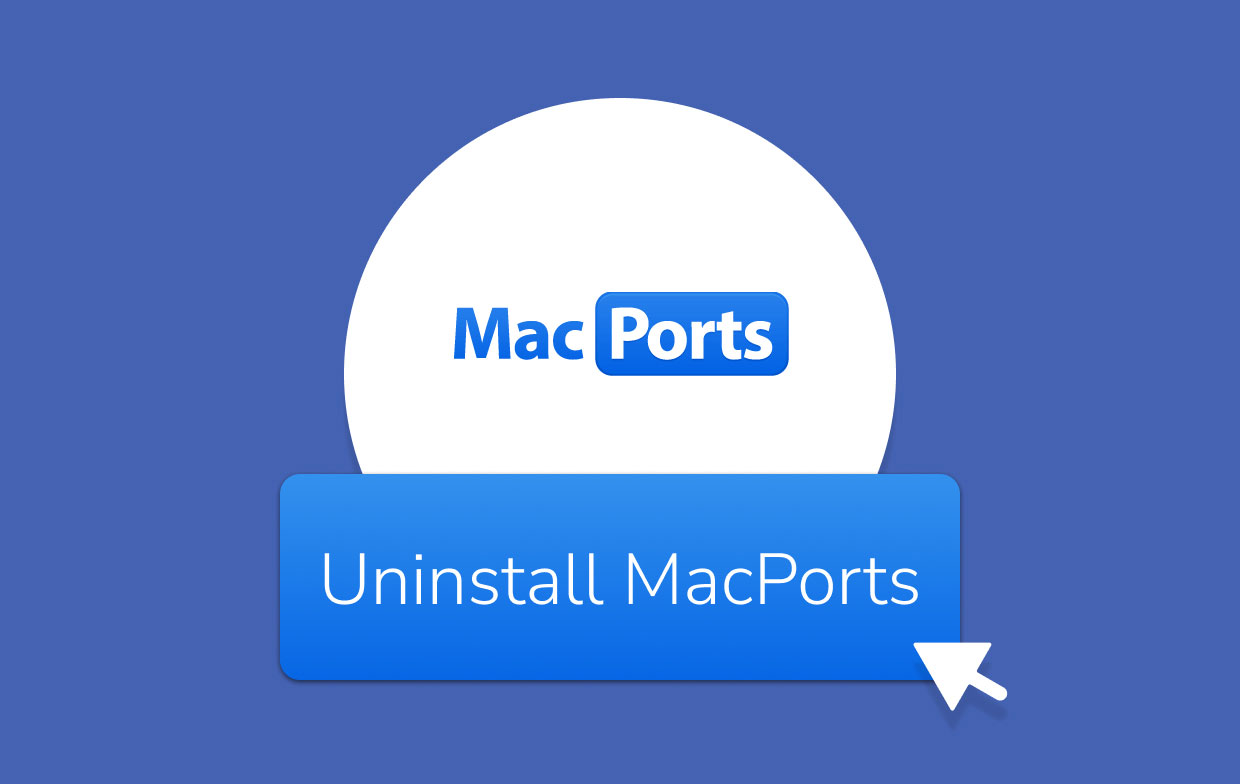

- Uninstall macfort mac os x#
- Uninstall macfort install#
- Uninstall macfort windows 10#
- Uninstall macfort mac#
- Uninstall macfort windows#
npm list -g -depth0 shows your global npm packages.
Uninstall macfort mac#
You must be vigilant here for unexpected launch daemons (‘launchd’ files) that allow hidden applications to automatically launch at boot.Įxperienced Mac users can use the command-line Terminal.app to seek out and remove unwanted fragments. You have to uninstall this with program which youve used when installed it. Moreover, in this example, the supplied Uninstaller app will not necessarily remove all the unwanted crud after uninstalling the app.
Uninstall macfort install#
This latter rogue application, which promises to clean up your Mac and make it perform faster, goes out of its way to install files in difficult-to-delete places. You can also drag-and-drop an application’s icon to the trash can icon on your dock. Open the Visual Studio Installer and select Uninstall. Examples we’ve seen include Adobe and Microsoft applications for the Mac, and nagware/semi-utilities such as Uninstalling an application is as simple as opening a Finder window, clicking Applications in the sidebar, Control-clicking or right-clicking the application’s icon, and selecting Move to Trash. Having completed this step, you then need to open the Application Support directories via the finder and search for a folder containing data related to the app you are deleting.īut there are some applications which don’t play so nicely by these rules. Now scroll through the list of folders looking for the one related to the application you are uninstalling.

Uninstall macfort mac os x#
There are several sections in the MacPorts Guide that also describe the process of using leaves to uninstall unneeded ports. If you wish to uninstall VMWare Fusion from Terminal, you would go inside the package to the 'Contents > Resources'' folder > uninstall.tool and run the script. ports that are dependencies of ports that are installed, but inactive): sudo port uninstall inactive Note: Before pruning your leaves, you may also want to uninstall old versions of ports that are no longer “active”. Right-click and select Run as Administrator.
Uninstall macfort windows#
The best match should be Windows PowerShell. Type PowerShell into your Start menu search bar. This alternative was formulated by removing the budget constraint on the.
Uninstall macfort windows 10#
You can uninstall any remaining leaves quite easily: sudo port uninstall leaves In this instance, you can use a series of PowerShell commands to either hide or remove Windows 10 bloatware. Some common leaves ( automake, gperf, libtool, pkgconfig) are build-time dependencies of common ports, so you may want to “request” them ( sudo port setrequested port1 port2 port3 …) to avoid uninstalling them just to have to reinstall them later. You should examine your existing leaves before uninstalling any of them. You can use this to “clean up” unneeded ports even if you did not originally uninstall them with sudo port uninstall -follow-dependencies portname (which will do what you want, but only if you remember to use it every time you uninstall something). The leaves pseudo-portname expands to all the unrequested ports upon which no other installed port depends.

An unrequested port is one that was only installed because some other port depends on it. One of the features of the new format is that it keeps track of “requested” versus “unrequested” port installations.

You can convert a 1.9.x flat system to the sqlite format by upgrading to MacPorts 2.0 or by changing the portdbformat value in /opt/local/etc/macports/nf and then issuing a port command as root (e.g. The sqlite port DB format is the default for new installations old installations that were upgraded to 1.9.x will continue to use the flat format 1. MacPorts 1.9.0 added the sqlite portdbformat and MacPorts 2.0.0 dropped the old flat format. To avoid accidentally cutting leaves that might be things you requested you should install the port_cutleaves package then run sudo port_cutleaves


 0 kommentar(er)
0 kommentar(er)
